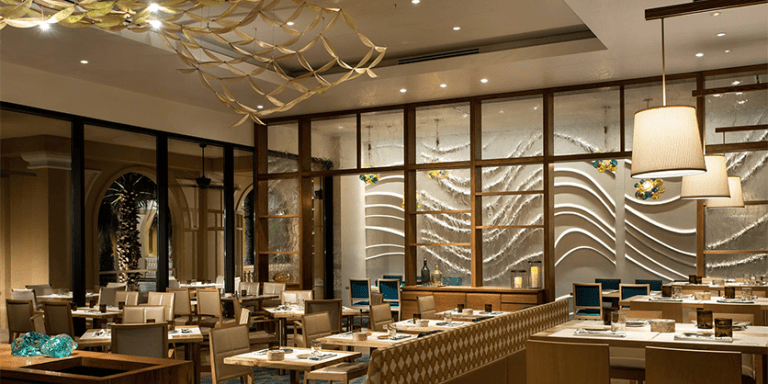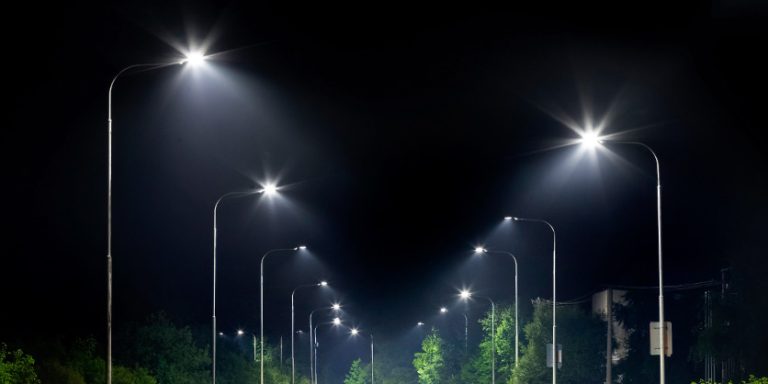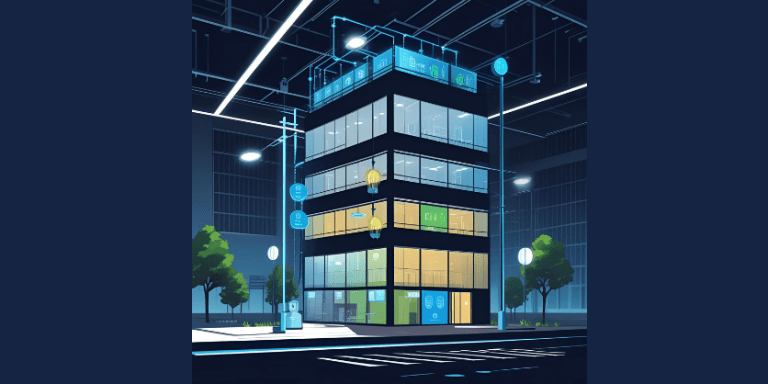Teamwork in Lighting Control Design: The Key to Success
By Emily Lai, LC
Remember in college when you were assigned a group project? You’re put in a group made up of four people from different majors: an English major, a math major, a science major, and an art student. Now you have to do a project together that will make up 40% of your grade. What happens when one person says they’ll just do it, and the others are glad to opt out and still get credit? The outcome will have only one point of view. The math major may meet all the requirements of word count and format but miss out on creative content. The art major may spend all their time on presentation but miss out on technical aspects.
Similarly, designing a lighting control system for a commercial building requires a diverse team of professionals, each bringing their unique expertise to the table. Each discipline plays a critical role, contributing specific knowledge to ensure the lighting control system not only enhances the functionality and aesthetics of the space but also meets energy efficiency standards and user requirements.
A successful project demands that each professional be involved early and remain engaged throughout the design and installation process. When these disciplines work in isolation, the result can be a disjointed system that fails to perform optimally, leading to higher costs, wasted energy, and user frustration. Let’s dive into why it’s essential for all these experts to collaborate and what each brings to the table in a commercial application.

Architects: Integration of Lighting Controls into Building Design
Architects are responsible for the overall design and structure of the building, and their input is fundamental to how lighting control systems are integrated into the space. In most cases, the architect is the prime consultant as they have direct communication with the client and have the most knowledge of the requirements of the client, owner, or end users. The architect then relays that information to the sub-consultants, lighting designers, and electrical engineers.
Architects have to ensure that the lighting control hardware—whether it’s touchscreens, keypads, or sensors—doesn’t interfere with the visual flow of the space. For instance, in a high-end office building, placing a control panel in the middle of a glass wall or an open atrium might ruin the overall design. The challenge for architects is to integrate these systems seamlessly, ensuring they work without detracting from the building’s architecture.
Architects may have a more intimate relationship with the client to discern their wants and needs, even when they’re not explicitly conveyed. Clients don’t necessarily know all the features and functions of a lighting control system, and they rely on design experts to make those decisions.
Interior Designers: User Experience and Control Aesthetics
Interior designers focus on how lighting impacts the ambiance, functionality, and aesthetics of interior spaces. They are particularly concerned with how users interact with the lighting controls, ensuring that these systems are intuitive and align with the overall design intent.
In a commercial building, whether it’s a hotel, corporate office, or retail space, lighting needs to be flexible enough to adapt to multiple uses. For example, a hotel lobby might require different lighting scenes—one for daytime, another for the evening, and yet another for special events. Interior designers work closely with lighting designers to define these scenes and ensure the control interfaces (whether wall panels, apps, or remotes) are easy to use and accessible to building occupants.
Technical specifications are also a key consideration. Designers might specify tunable white lighting for areas that need to transition between cool, energizing light in the morning and warm, relaxing light in the evening. Integrating this with user-friendly control systems is crucial. If the controls are too complex or confusing, users may not fully utilize the capabilities of the system, resulting in inefficient use and decreased occupant satisfaction.
Electrical Engineers: Ensuring System Reliability and Efficiency
Electrical engineers are the usual suspects to take on the responsibility of ensuring that the lighting control system functions reliably and meets all electrical and energy efficiency codes. They design the backbone of the system, including the wiring, circuit loads, and power requirements necessary to support various lighting control strategies, such as dimming, daylight harvesting, or occupancy sensing.
Engineers often have to balance lighting control demands with other building systems, such as HVAC, to create a fully integrated smart building. This might include specifying networked lighting controls that allow centralized monitoring and management of lighting across large spaces.
Without electrical engineer input, the system could be prone to inefficiencies, failures, or violations of code requirements, leading to costly redesigns and operational issues.
Lighting Designers: Creating the Optimal Lighting Environment
Lighting designers bring a deep understanding of both the technical and aesthetic aspects of lighting. They are tasked with designing layered lighting solutions that balance ambient, task, and accent lighting to enhance the functionality and visual appeal of the commercial space. Lighting designers also work with architects and interior designers to provide input on the lighting control sequence of operation.
Additionally, lighting designers must ensure the lighting control systems are compatible with the selected fixtures. They need to consider factors like dimming protocols (e.g., 0-10V or DALI) and compatibility with LED drivers. A poorly integrated system could result in flickering lights, unresponsive controls, or mismatched lighting scenes, all of which negatively impact the user experience.
Collaboration: The Key to a Successful Lighting Control System
Successful lighting control design in commercial buildings depends on the seamless collaboration between architects, interior designers, electrical engineers, and lighting designers. Without open communication and early involvement of each discipline, the project is at risk of misaligned goals, technical issues, or inefficiencies that could lead to costly delays and retrofits.
For example, if the architect doesn’t inform the lighting designer about plans for extensive natural light through large glass facades, daylighting controls might be overlooked, leading to unnecessary energy consumption. Similarly, if electrical engineers aren’t included in early discussions about the design of the lighting control system, there’s a risk of incompatible systems being installed, requiring significant rewiring.
The solution? Regular coordination meetings, shared project goals, and a clear understanding of each discipline’s role. This ensures that the lighting control system is designed to optimize energy efficiency, enhance the building’s aesthetics, and improve the user experience.
By working together, these professionals can design lighting control systems that meet the needs of the building’s occupants, reduce energy consumption, and integrate seamlessly with the building’s architecture.
Conclusion: Illuminating the Path to Success
When all disciplines contribute early and maintain open lines of communication throughout the project, the result is a lighting control system that enhances the space and delivers long-term value.
Remember that college group project we mentioned at the beginning? Instead of just passing the class, you’re creating a system that will impact people’s daily lives and the planet’s energy consumption. By leveraging these diverse skills and perspectives, you’ll sure ace the project and you don’t need to pull an all-nighter to finish it.
About the Author

Emily Lai, LC, IESNA
Midwest Commercial Regional Sales Manager at ETC
Emily Lai is a seasoned expert in architectural lighting controls with over a decade of experience optimizing lighting environments for energy efficiency and enhancing user experiences. Currently serving as a subject matter expert at A+M, she specializes in designing and implementing custom lighting control solutions. Emily holds a BFA in Interior Design and a BA in Communications and is Lighting Certified by the NCQLP.
Throughout her career, she has collaborated with cross-functional teams to deliver seamless lighting control systems across commercial and industrial projects. Emily is also active in industry education, having served as Education Chair for the IESNA Chicago Section, where she organized workshops and courses on lighting fundamentals for emerging professionals.
Her expertise spans lighting design, controls integration, and technical consulting, making her a trusted advisor for both project stakeholders and her professional community.









